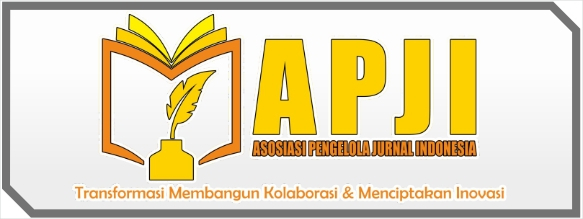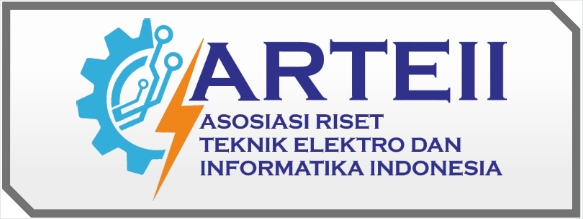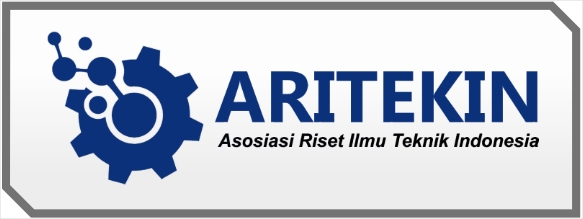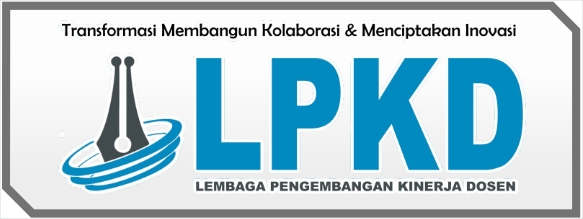Legal Review of the Misuse of Voice Changer Technology in the Dissemination of Hoaxes and Information Manipulation in Indonesia
DOI:
https://doi.org/10.55606/icesst.v3i2.456Keywords:
Voice Changer, Hoaxes, Legal ProtectionAbstract
The spread of hoaxes through voice manipulation technology, such as voice changers, has become a significant issue in Indonesia in recent years. This technology allows perpetrators to manipulate someone's voice, which is then used to spread false information that can damage an individual's reputation, influence public opinion, and create social unrest. This study aims to analyze the legal aspects related to the misuse of voice changers in the spread of hoaxes, identify the challenges faced in law enforcement, and provide policy recommendations to improve legal protection for hoax victims. The methodology used in this research is normative legal research, with a normative approach focusing on the analysis of the Electronic Information and Transactions Law (UU ITE) and the Personal Data Protection Law (UU PDP), as well as other relevant regulations. The results show that although Indonesia has a sufficient legal framework to address hoax cases involving voice changers, law enforcement still faces challenges in terms of identifying perpetrators, proving voice manipulation, and the lack of more specific regulations. Additionally, victims have the right to legal protection, including compensation and clarification of false information. This study recommends enhancing the capacity of law enforcement, strengthening regulations, and improving digital literacy among the public to address the challenges posed by this technology.
References
Adelia, F. (2023). Strategi penguatan literasi digital berbasis komunitas dalam melawan hoaks pada media sosial di Gerakan Masyarakat Peduli Literasi Digital Kota Bekasi. FITK UIN Syarif Hidayatullah Jakarta.
Ali, M. (2021). Penguatan literasi digital dalam mencegah penyebaran hoaks di era milenial. Jurnal Ar-Rahmah, 1(1), 66–79.
Amalliah, A. (2018). Persepsi masyarakat terhadap fenomena hoax di media online pada era post truth. Akrab Juara: Jurnal Ilmu-Ilmu Sosial, 3(4), 1–15.
Benuf, K., & Azhar, M. (2020). Metodologi penelitian hukum sebagai instrumen mengurai permasalahan hukum kontemporer. Gema Keadilan, 7(1), 20–33.
Dewatana, H. (2021). Efektivitas penegakan hukum dalam kasus penyebaran informasi bohong (Studi kasus di Kabupaten Grobogan). Universitas Islam Sultan Agung (Indonesia).
Fakta, T. C. (2024a). [HOAKS] Raffi Ahmad bagikan bansos melalui situs judi. Kompas.com. https://www.kompas.com/cekfakta/read/2024/07/29/100100282/-hoaks-raffi-ahmad-bagikan-bansos-melalui-situs-judi#google_vignette
Fakta, T. C. (2024b). [HOAKS] Rano Karno bagikan Rp 50 juta lewat TikTok. Kompas.com. https://www.kompas.com/cekfakta/read/2024/11/06/132200582/-hoaks-rano-karno-bagikan-rp-50-juta-lewat-tiktok
Fakta, T. C. (2024c). Cek fakta: Hoaks rekaman suara Jokowi instruksikan Ahmad Luthfi diganti Kaesang pimpin Jawa Tengah. Liputan6.com. https://www.liputan6.com/cek-fakta/read/5817351/cek-fakta-hoaks-rekaman-suara-jokowi-instruksikan-ahmad-luthfi-diganti-kaesang-pimpin-jawa-tengah?page=3
Fakta, T. C. (2024d). Cek fakta: Rekaman suara Prabowo Subianto promosikan jam tangan usai raih kemenangan hasil hitung cepat ini hasil modifikasi AI. Liputan6.com. https://www.liputan6.com/cek-fakta/read/5531078/cek-fakta-rekaman-suara-prabowo-subianto-promosikan-jam-tangan-usai-raih-kemenangan-hasil-hitung-cepat-ini-hasil-modifikasi-ai?page=4
Gani, T. A. (2023). Kedaulatan data digital untuk integritas bangsa. Syiah Kuala University Press.
Genelza, G. G. (2024). A systematic literature review on AI voice cloning generator: A game-changer or a threat? Journal of Emerging Technologies, 4(2), 54–61.
Hajli, N., Saeed, U., Tajvidi, M., & Shirazi, F. (2022). Social bots and the spread of disinformation in social media: The challenges of artificial intelligence. British Journal of Management, 33(3), 1238–1253.
Hilman, R. (2024). Apa itu voice changer AI? Fungsi dan manfaatnya untuk bisnis. Pointstar.co.id. https://www.pointstar.co.id/artificial-intelligence/voice-changer-ai/
JACX, T. (2024). Hoaks! Rekaman suara Prabowo sebut orang Indonesia harus bodoh. Antaranews.com. https://www.antaranews.com/berita/3976509/hoaks-rekaman-suara-prabowo-sebut-orang-indonesia-harus-bodoh
Juditha, C. (2018). Hoax communication interactivity in social media and anticipation (Interaksi komunikasi hoax di media sosial serta antisipasinya). Pekommas, 3(1), 261723.
Kamagi, G. A. (2018). Perbuatan melawan hukum (Onrechtmatige Daad) menurut Pasal 1365 Kitab Undang-Undang Hukum Perdata dan perkembangannya. Lex Privatum, 6(5).
Khanjani, Z., Watson, G., & Janeja, V. P. (2021). How deep are the fakes? Focusing on audio deepfake: A survey. arXiv preprint arXiv:2111.14203.
Miyamoto, T., & Fukumoto, M. (2024). Making English voices similar to user’s voices using voice changer and interactive differential evolution. International Symposium on Affective Science and Engineering (ISASE2024), 1–4.
News, T. (2024). BP2MI: Video bantuan Rp1,5 M dari Kepala BP2MI Benny Rhamdani untuk pekerja migran Indonesia itu hoaks. Liputan6.com. https://www.liputan6.com/news/read/5695465/bp2mi-video-bantuan-rp15-m-dari-kepala-bp2mi-benny-rhamdani-untuk-pekerja-migran-indonesia-itu-hoaks
Putra, F., & Patra, H. (2023). Analisis hoax pada pemilu: Tinjauan dari perspektif pendidikan politik. Naradidik: Journal of Education and Pedagogy, 2(1), 95–102.
Downloads
Published
How to Cite
Issue
Section
License
Copyright (c) 2024 The International Conference on Education, Social Sciences and Technology (ICESST)

This work is licensed under a Creative Commons Attribution-ShareAlike 4.0 International License.















